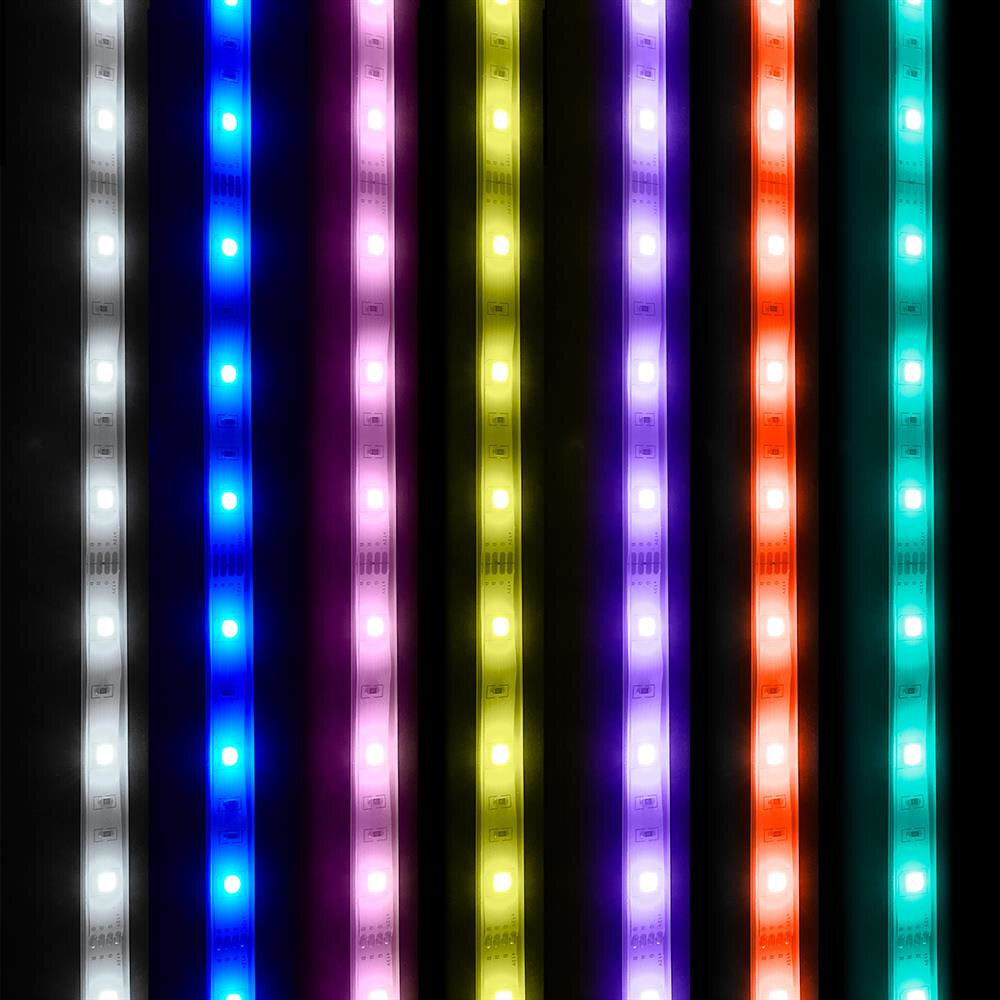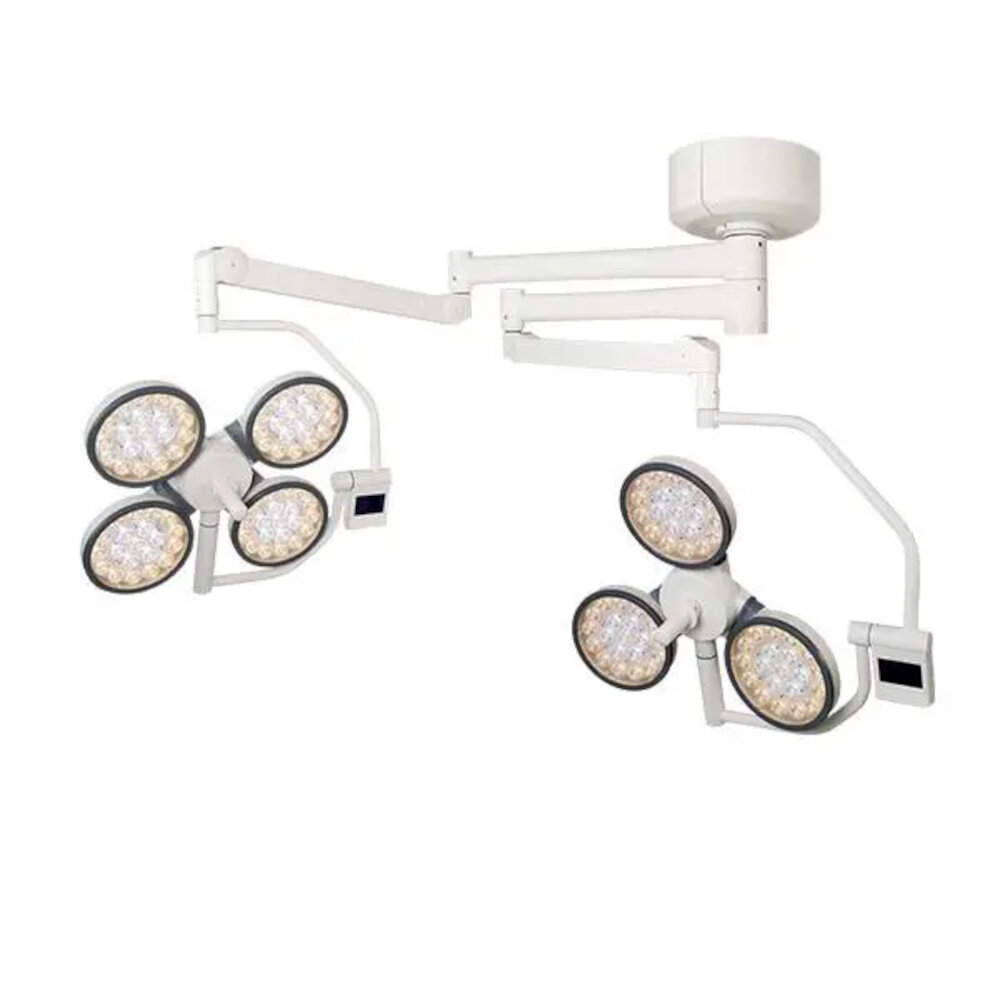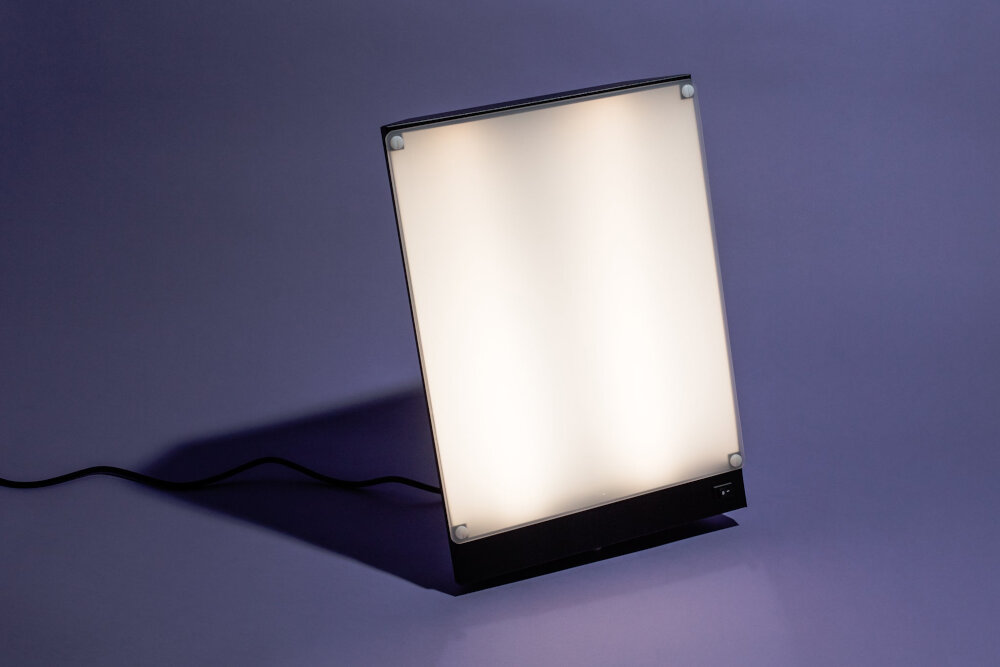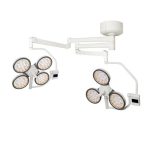Troubleshooting Guide: LED Light Stays Dim Even When Switched Off

As the world becomes more reliant on technology, we find ourselves surrounded by an increasing number of electronic devices. One such device that has become ubiquitous in our daily lives is the LED light. LED lights have become a popular choice for lighting solutions in homes, offices, and public spaces due to their energy efficiency, long lifespan, and durability. However, like any other electronic device, LED lights can malfunction and require troubleshooting. One of the most common issues that LED light users face is when the light stays dim even when switched off. This can be frustrating for users who expect their lights to turn off completely when they are not in use. There are several reasons why this may be happening, ranging from electrical issues to faulty wiring. In this troubleshooting guide, we will explore the possible causes of this problem and provide solutions to help you get your LED lights back to functioning properly.
One of the most common issues faced with LED lights is the dimming of the light even when switched off. This issue can occur due to several reasons such as a faulty dimmer switch, loose wiring, or a malfunctioning LED driver. The dimming of the LED light can be caused by the residual current flowing through the circuit, even when the switch is turned off. Moreover, the issue can also be related to the quality of the LED bulbs or their compatibility with the dimmer switches. Troubleshooting the problem requires a careful examination of the wiring, switches, and bulbs to identify the root cause of the issue and take appropriate action to resolve it.
Possible Causes

One of the possible causes for an LED light to stay dim even when switched off could be due to the presence of residual voltage. This residual voltage can be caused by various factors such as wiring issues, faulty switches or even a malfunctioning power supply unit. When the light is switched off, the residual voltage that remains within the circuitry can still allow a small amount of current to flow through the LED, resulting in a dim glow. This issue can be rectified by ensuring that the wiring is properly grounded and that any faulty switches are replaced. Additionally, installing a capacitor or a resistor in the circuit can help to dissipate any residual voltage that may be causing the issue. Another possible cause for an LED light to remain dim could be related to the LED driver. The LED driver is responsible for regulating the amount of current that flows through the LED, and if it is not functioning correctly, it can result in the LED appearing dim even when it is switched off. This issue can be resolved by replacing the LED driver with a new one that is compatible with the LED fixture. It is important to ensure that the replacement driver is of the correct wattage and voltage rating to avoid any further issues. Regular maintenance and inspection of the LED driver can also help to prevent any issues from arising in the first place.
Faulty wiring is a common issue that can prevent LED lights from turning off completely. When wiring is not properly installed or has become damaged over time, it can cause electrical currents to flow even when the switch is turned off. This can lead to a dim glow that is visible even when the light should be off. Wiring problems can be caused by a number of factors, including incorrect installation, wear and tear, or exposure to moisture. It is important to address faulty wiring as soon as possible, as it can pose a serious fire hazard and can also cause damage to your LED lights and other electrical devices. A qualified electrician should be consulted to diagnose and repair any wiring issues.
Incorrect installation is one of the most common causes of LED light staying dim even when switched off. This occurs when the wiring is not properly connected or when the dimmer switch is not compatible with the LED light fixture. The electrical connections may be loose or not secured properly, which can cause electrical arcing and result in dim lighting even when the switch is turned off. Additionally, if the dimmer switch is not designed for use with LED lights, the light may stay dim even when the switch is turned off. It is important to ensure that the wiring is properly installed and that the dimmer switch is compatible with the LED light fixture to avoid this issue.
A defective switch is one of the most common reasons why LED lights remain dim even when switched off. A switch that is not functioning properly may cause a small amount of electrical current to continue flowing to the LED light, causing it to remain dim. This issue can be caused by a variety of factors, such as loose wiring, a damaged switch, or a faulty circuit. It is important to address this issue immediately, as it can not only cause the LED light to remain dim, but it can also be a safety hazard. A qualified electrician should be consulted to diagnose and repair the defective switch.
Electrical interference is a common issue that can cause LED lights to stay dim even when they are switched off. This interference can come from a variety of sources, such as nearby electrical equipment or wiring, power surges, or faulty wiring. It can also be caused by electromagnetic interference from other devices, such as radios or cell phones. To troubleshoot this issue, it is important to first identify the source of the interference and then take steps to eliminate it. This may involve moving the LED lights to a different location, installing surge protectors or filters, or replacing faulty wiring or equipment. Ultimately, addressing electrical interference is crucial for ensuring that LED lights function properly and provide the optimal lighting experience.
Troubleshooting Steps

If you are facing the issue where your LED light stays dim even when switched off, there are a few troubleshooting steps that you can follow to identify and fix the problem. First and foremost, check the switch to ensure that it is functioning properly. Sometimes, the switch may be faulty or damaged, causing the light to remain dim even when it is turned off. If this is the case, you may need to replace the switch to resolve the issue. Additionally, check the wiring connections to ensure that they are secure and not loose. Loose wiring can cause the LED light to remain dim even when it is switched off, so it is important to ensure that all connections are tight and secure. Another possible cause of a dim LED light that stays on when it is switched off is a faulty LED driver. The LED driver is responsible for regulating the amount of power that is supplied to the LED light, and if it is not functioning properly, it can cause the light to remain dim even when it is switched off. To troubleshoot this issue, you can test the LED driver using a multimeter to determine if it is providing the correct voltage to the light. If it is not, you may need to replace the LED driver to resolve the issue. Overall, by following these troubleshooting steps, you can identify and fix the issue of a dim LED light that stays on when it is switched off, ensuring that your lighting system is functioning properly and efficiently.
One of the most common reasons why LED lights stay dim even when switched off is due to a residual electrical charge in the circuit. To address this issue, one solution is to turn off the power supply completely. This can be accomplished by unplugging the power cord or turning off the circuit breaker. It’s important to note that turning off the switch alone may not be sufficient to cut off the power supply entirely. By completely shutting off the power supply, any residual charge in the circuit will be discharged, which can help eliminate the dimming issue altogether. It’s always best to exercise caution when working with electrical components, so be sure to follow proper safety protocols when turning off the power supply.
When troubleshooting an LED light that remains dim even when switched off, one of the first things to check is the wiring and connections. Inspect the wiring to ensure that it is properly connected and that there are no loose or damaged connections. A faulty connection can cause a voltage drop, which can result in the LED light staying dim even when it is switched off. It is also important to check the wiring for any signs of wear or damage, such as frayed wires or exposed copper. If any issues are found with the wiring or connections, they should be addressed immediately to prevent further damage or safety hazards.
The test switch is a crucial component of any lighting system as it allows for easy troubleshooting and maintenance. When dealing with a dim LED light that remains dim even when switched off, the test switch can be used to isolate the problem. It is typically located on the driver or ballast of the lighting system and is used to bypass the control circuitry and directly power the LED. By doing so, the test switch can determine if the problem lies in the control circuitry or the LED itself. This allows for quick and accurate diagnosis, saving time and money in the long run. So, if you’re experiencing a dim LED light that won’t turn off, be sure to utilize the test switch in your troubleshooting efforts.
One way to troubleshoot the issue of an LED light staying dim even when switched off is to use a multimeter to check for electrical interference. Electrical interference can occur when there is a disturbance in the electrical signal, causing the LED light to receive a lower voltage than it requires to turn off completely. To check for interference, set the multimeter to measure voltage and place the probes on either side of the switch that controls the LED light. If there is interference, the multimeter will register a voltage reading even when the switch is off. By identifying the source of the interference, you can take steps to eliminate it and restore the proper function of the LED light.
Additional Tips

When troubleshooting LED light issues, it is essential to consider additional tips to ensure that the problem is accurately identified and fixed. One of the additional tips is to check the wiring connections. A loose or faulty wiring connection can cause the LED light to stay dim even when switched off. Therefore, it is crucial to ensure that all wiring connections are secure and correctly installed. If any wiring is found to be loose or faulty, it should be replaced or repaired immediately. Another important tip is to check the dimmer switch. If the LED light is connected to a dimmer switch, it is possible that the switch is not compatible with the LED light. In such cases, the dimmer switch should be replaced with a compatible one that is designed to work with LED lights. Additionally, it is important to ensure that the dimmer switch is correctly set to the appropriate level. If the dimmer switch is set too low, the LED light may stay dim even when switched off. By following these additional tips, it is possible to troubleshoot LED light issues more effectively and ensure that the problem is resolved.
If you are experiencing a dim LED light that remains on even when the switch is turned off, it is important to seek professional help if you are unsure of how to fix the issue. While there may be simple solutions such as replacing the light bulb or checking the wiring, attempting to troubleshoot the problem on your own could result in further damage or even injury. By seeking the assistance of a professional electrician or lighting technician, you can ensure that the issue is properly diagnosed and resolved, providing you with a safe and functioning lighting system. Don’t hesitate to reach out for help to avoid any potential hazards.
It is crucial to follow safety precautions when dealing with any electrical device, especially when troubleshooting LED lights that stay dim even when switched off. Before starting any repair work, make sure to turn off the power supply to the circuit to avoid electrocution. Wear appropriate personal protective equipment such as gloves and safety glasses to protect your hands and eyes from electrical hazards. If you are unsure about how to proceed, seek the help of a professional electrician who has the necessary expertise and experience to handle electrical repairs safely. Remember, safety should always be your top priority when working with electrical equipment.
One of the most important factors in ensuring that LED lights operate optimally is the use of quality materials. When it comes to LED lights, the components used in their construction can greatly affect their performance. Poor quality materials can result in a variety of issues, including dimming of the lights even when they are switched off. It is essential to invest in high-quality LED lights that are made with durable materials and components that are designed to last. In addition, it is important to ensure that the installation process is carried out by a professional to ensure that the lights are installed correctly and functioning properly. By using quality materials and proper installation techniques, it is possible to avoid common issues with LED lights and ensure that they perform optimally for years to come.
When an LED light stays dim even when switched off, there could be several possible causes. One of the most common causes is the presence of residual voltage, which can be caused by a faulty switch or wiring issues. Another possible cause is a failing driver or transformer, which can result in the LED light staying partially illuminated. To troubleshoot this issue, one can start by checking the voltage with a multimeter and ensuring that the switch is functioning correctly. If the issue persists, it may be necessary to replace the driver or transformer. Additionally, checking the wiring for any loose connections or damage can also help resolve the issue.
When dealing with electrical issues, it is crucial to prioritize safety above all else. This means taking the necessary precautions, such as turning off the power supply and wearing protective gear, before attempting any repairs. Additionally, it is essential to recognize when a problem requires professional assistance. While DIY fixes may seem convenient, attempting to tackle complex electrical issues without the proper expertise can lead to serious injury or further damage to the system. Seeking the help of a licensed electrician can not only ensure the problem is resolved safely and effectively but also prevent any potential hazards in the future. Remember, when it comes to electrical troubleshooting, safety and seeking professional help when necessary should always be a top priority.
Conclusion

In conclusion, diagnosing why an LED light remains dim even when switched off requires a systematic approach. It involves checking the wiring connections, testing the switch, and verifying the LED driver or transformer’s functionality. It is essential to ensure that the power supply is disconnected before conducting any tests to avoid electrocution. Furthermore, seeking professional help from an electrician may be necessary if the issue persists. Overall, troubleshooting the problem can be time-consuming, but it ensures the safety and proper functioning of the LED light.




